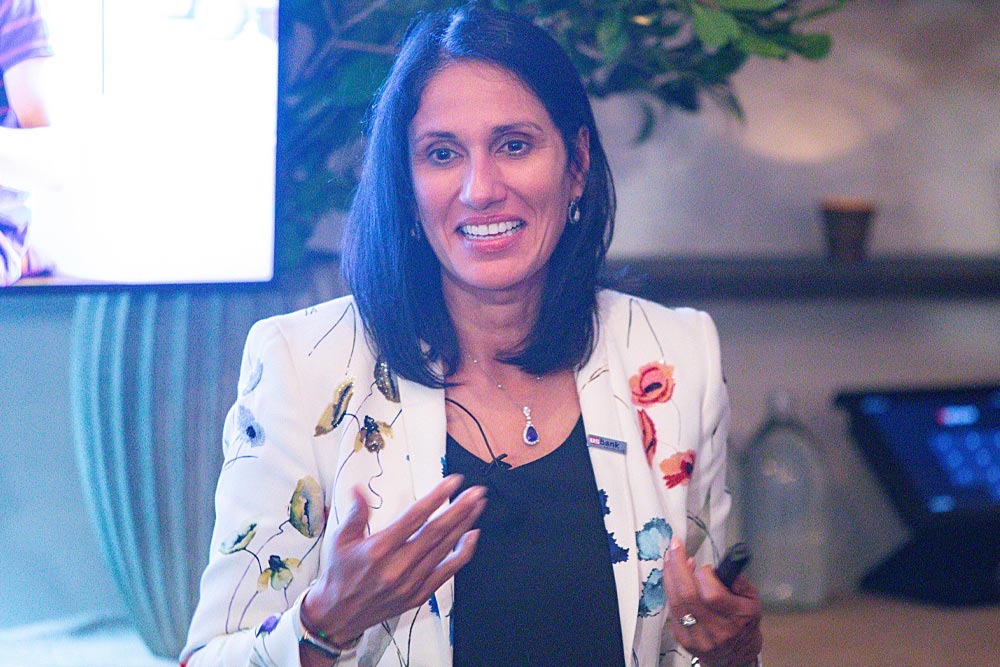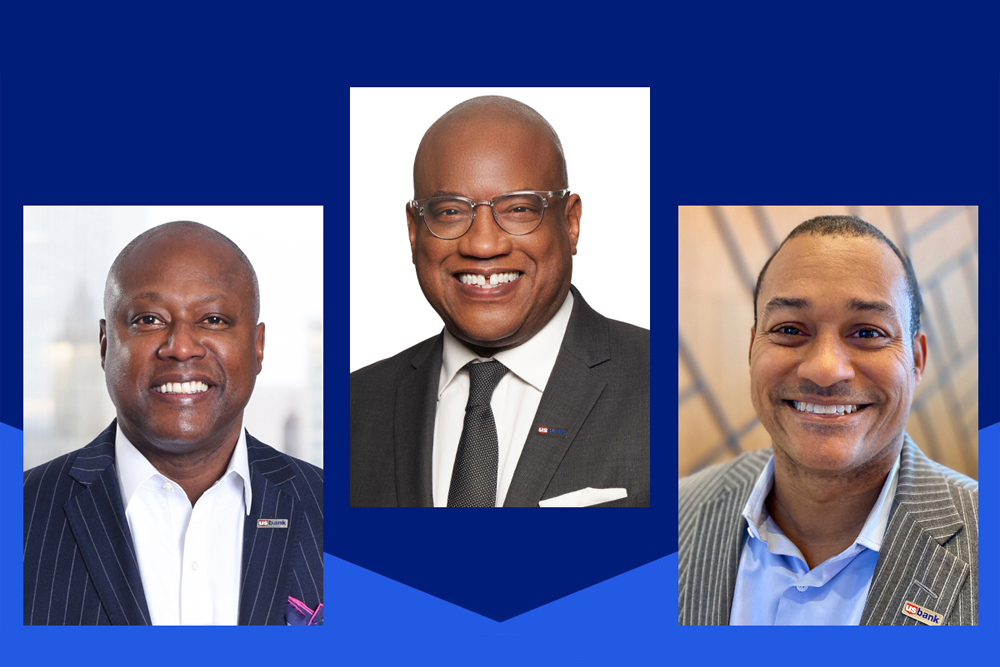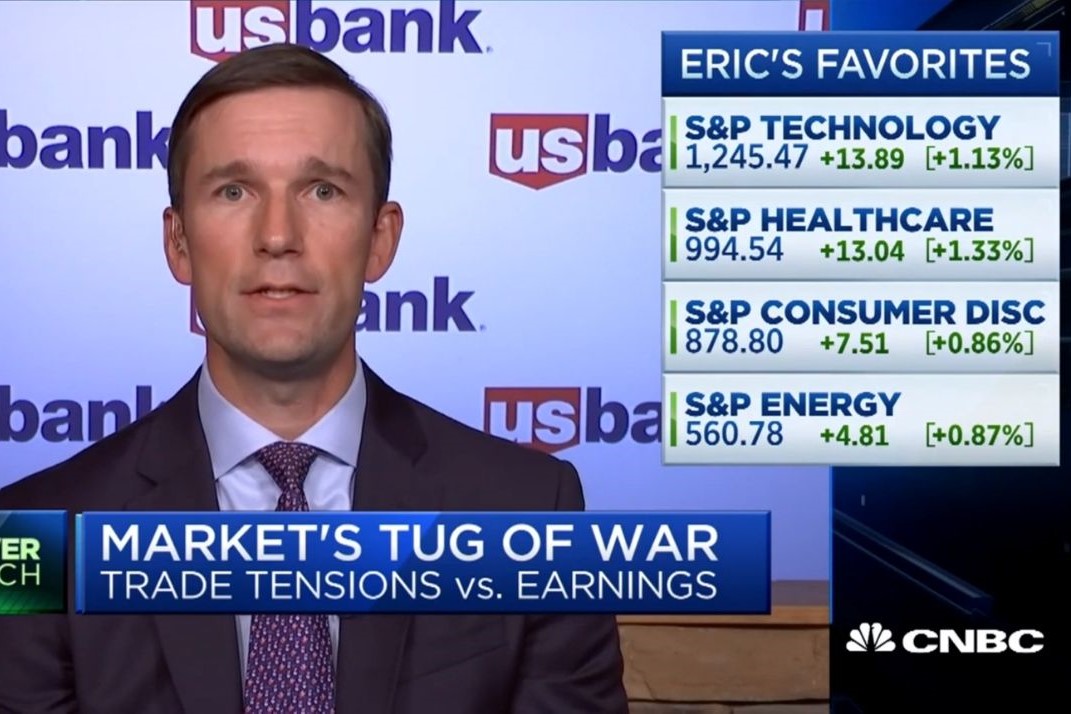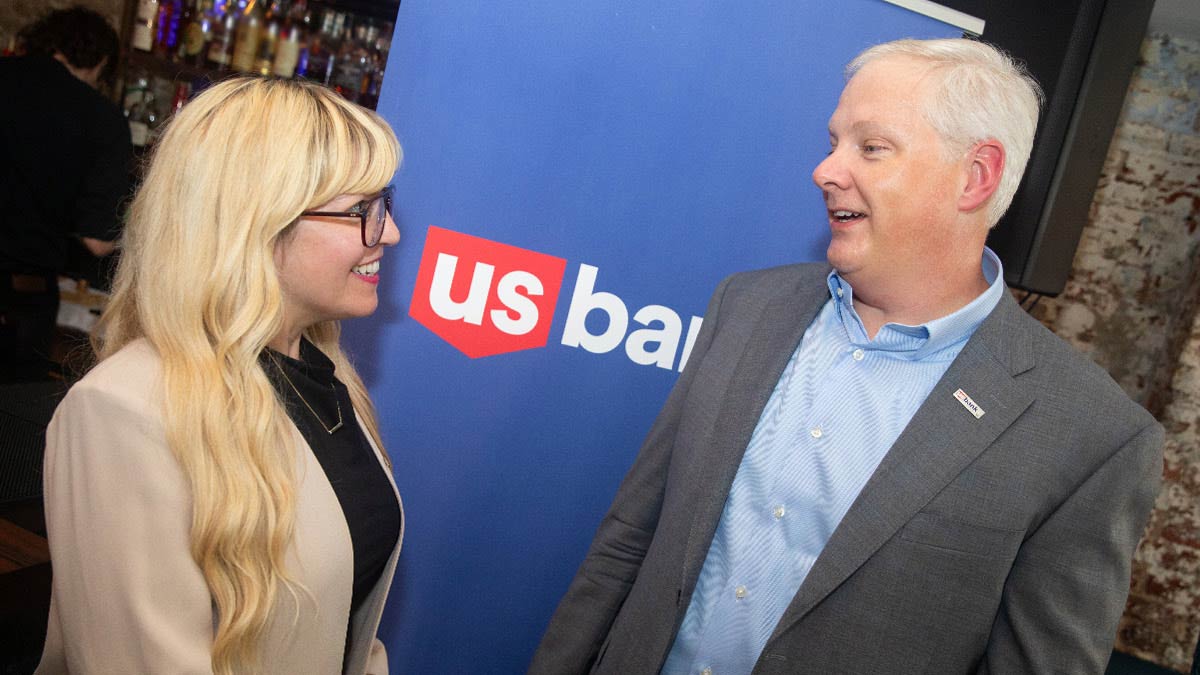Can you share some day-to-day tips people can use to combat the short-term impulse to buy something now and start working toward a long-term goal that might feel overwhelming?
O’Brien: That’s the hardest and biggest challenge we all have for our financial wellbeing. Our economy thrives on consumption, so all of the incentives for everyday decision-making are stacked against what’s good for you in the long run. What we know from behavioral science is anytime you are faced with a temptation, it’s too late. If there’s chocolate in front of you, you’re going eat it. It’s just too hard to avoid things that feel good right now.
The best strategy is to design your environment so you aren’t exposed to temptations. That’s really hard in a world where there are so many opportunities to consume.
One thing people can do is look at what things in their life they are tempted by and the places they are exposed to them. Then you design them out of your life: unsubscribe from the email list of the retailer where you spend too much, and change the kind of social media you’re exposed to. People think we’re victims of social media, but we can control it.
We can also increase the salience of good behaviors. Often on social media or even in conversations with friends, we talk about what we’re buying but not what we’re saving. There’s a social reward for consumption: you buy a car, and everyone sees it; you have people over for book club, and they admire your nice furniture. No one is talking about the good, positive long-term financial behavior we want to have. This is something you have to do for yourself, and it’s not something that happens automatically in our society.
One of the things this survey found is Gen Z investors overwhelmingly compared themselves to others on social media for their investment goals, and often feel disheartened as a result. What is a realistic way for Gen Z to know how they are tracking on their wealth and investment goals?
Haworth: Your plan has to be sized for you. It has to consider your level of wealth, and the time horizon you want to achieve this goal. If you need to buy a car in the next year, that’s very different than if you have a longer-term goal like buying a house, or retiring. Then there is risk tolerance, and that’s very hard for people to understand. But what I’ve seen in working with clients throughout my career is that’s actually the most important consideration. If you can appropriately identify your tolerance for risk - and let’s just call it your tolerance for losing money - then you can find the right portfolio mix, using investment tools, to stay in your plan much longer.




